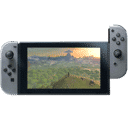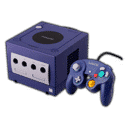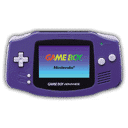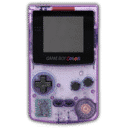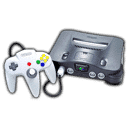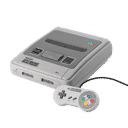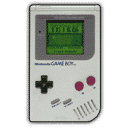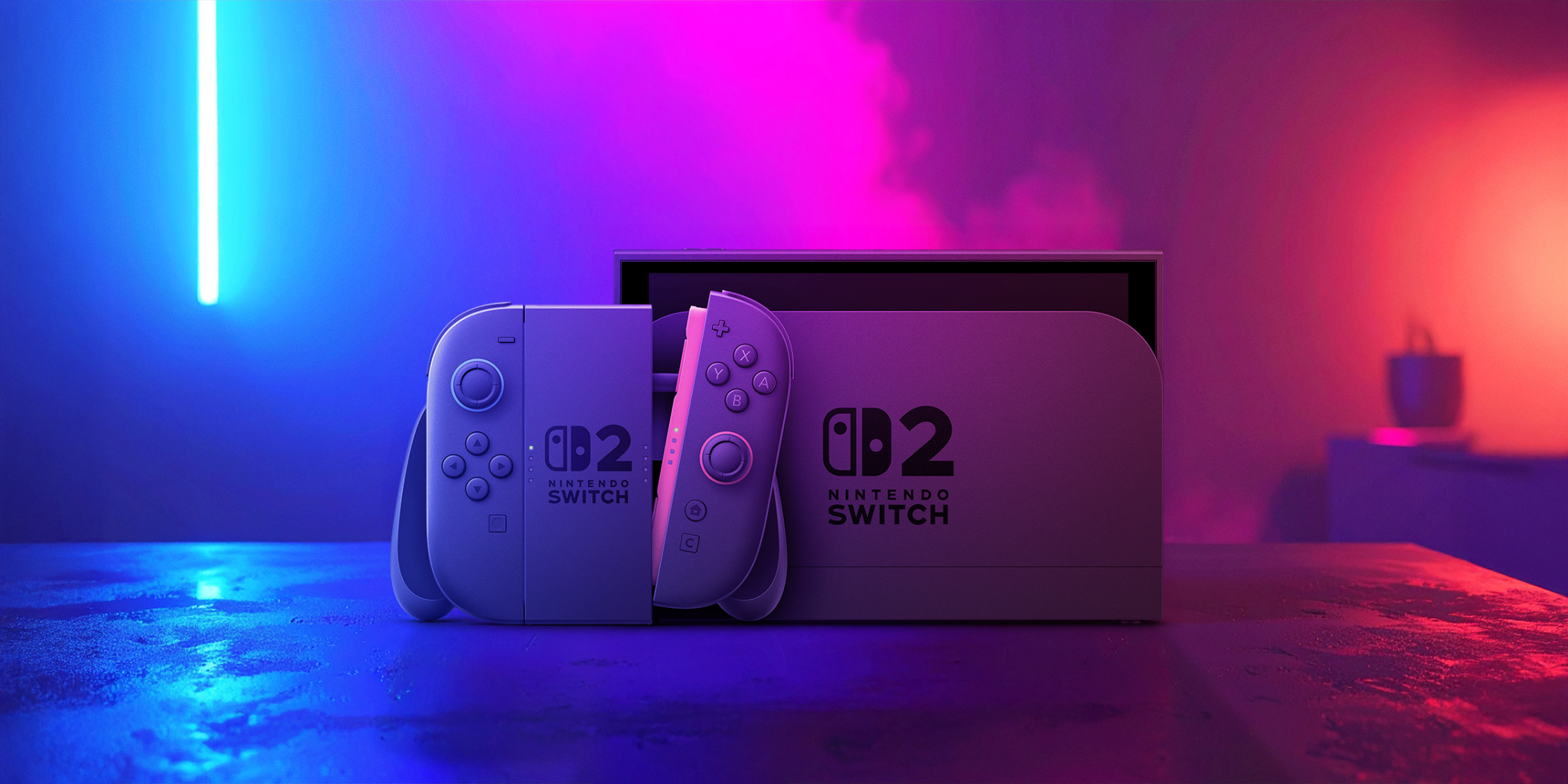
Summary:
Nintendo built its legacy in stores, selling boxes, carts, and memories you could hold. That hasn’t vanished, but the balance is changing. Industry analyst Mat Piscatella highlights an accelerating slide in physical software spending across the U.S., with Nintendo long seen as the last big retail-forward holdout. Early Switch 2 signals point to a faster tilt toward downloads than the original system, even as true cartridges still matter to collectors and players who value resale and permanence. We unpack what’s pushing more buyers to digital—convenience, day-one availability, frequent promotions—and where physical still wins, from special editions to long-term access when licenses expire. You’ll find plain-spoken advice on when to pick a cartridge, when to go eShop, how to protect purchases against delistings, and how regional norms influence supply, pricing, and the likelihood of boxed runs. If you love physical but live in a world racing toward digital, this will help you navigate Switch 2’s new reality without missing deals, flexibility, or the joy of a well-made box on your shelf.
The shift everyone can feel: why physical is fading and digital is climbing
Over the last decade, buying habits have leaned steadily toward downloads. It’s faster, it’s available at midnight, and—let’s be honest—no one minds skipping a delivery delay. In the U.S., spending on boxed software has shrunk dramatically since its 2008 peak, and the drop accelerated in recent years. Convenience plays a huge role: your library follows you, preloads mean instant play at launch, and patches arrive without extra steps. Add in rising retail costs, fewer local game shops, and more publishers prioritizing online storefronts, and the direction is clear. None of this means physical is dead, but the center of gravity has shifted. Even on platforms once defined by cartridges, buyers are increasingly nudged by discounts, timed promos, and friction-free access to go digital first. For anyone who grew up lining up for launch-day boxes, that’s a big change—but it also brings new ways to save time and money if you know where to look.
What Mat Piscatella is actually saying—and why it matters for Nintendo
When Mat Piscatella talks market trends, he’s pulling from broad U.S. spending data, not preference polls. His point isn’t that physical has no fans; it’s that the spending share keeps narrowing. He’s also been frank that Nintendo stood apart longer than rivals in keeping retail strong. That stance earned a loyal base of cartridge buyers, but the numbers suggest the same tide is reaching Nintendo faster now. The headline isn’t doom—overall spending on games remains healthy—it’s simply that dollars are landing on digital SKUs more often. For Nintendo watchers, the signal is important: if even the most retail-friendly major platform sees an accelerated digital mix on its newest hardware, then promos, platform features, and first-party release beats will likely keep leaning into that momentum. The ripple effects touch everything from how you find deals to whether certain mid-tier games ever receive boxed runs at all.
Nintendo’s historic retail focus vs. today’s download reality
For years, Nintendo’s identity was intertwined with shelves full of red-spined boxes and sturdy cartridges that felt timeless. Retail partners mattered, in-store discovery mattered, and families shopping together on weekends mattered. That ecosystem isn’t gone, but it’s adapting. Digital revenue has become a larger slice of the pie, powered by the growth of downloadable versions of packaged software, add-ons, and memberships. On the business side, downloads reduce manufacturing and logistics risk, and they support rapid price experimentation—think weekend sales, voucher programs, and launch-window promotions for expansion passes. On the player side, the experience has smoothed out: preloads, cloud saves, and portable-friendly designs make owning games digitally feel lighter. The result is a new balance: Nintendo still values retail, yet you’ll see more incentives nudging you toward the eShop when it makes sense, especially for evergreen titles and big live-ops updates.
Switch 2’s first months: signals from sales, attach, and shopper behavior
Switch 2 launched hot, moved hardware in a hurry, and brought with it a wave of early adopters eager to try upgrades and new releases. That audience tends to embrace convenience and speed. Digital attach rates often spike at launch as buyers stack multiple games on day one, preload them, and jump right in. Early third-party data points and industry commentary suggest stronger digital traction on the new system versus the original during comparable windows. At the same time, physical isn’t out of the picture: standout boxed editions still move—especially when they’re true cartridges rather than game-key cards, and when the on-cart content is complete. Put simply, the launch taught two truths at once: digital is accelerating because the experience is polished and immediate, and great physical editions still punch above their weight when they respect collectors.
Price, promos, and the psychology of convenience on Switch 2
Why do more players hit “Buy” on the eShop? Dynamic pricing and friction—or the lack of it. Digital storefronts rotate discounts frequently, making it easy to grab a must-play at 20–33% off within weeks or months. Vouchers and loyalty points sweeten the deal, particularly if you’re picking up two first-party titles within a season. Then there’s the time factor: preloads mean a midnight start without lines, and updates land while you’re sleeping. Physical still counters with resale value and the satisfaction of ownership, but it has to work harder when digital is cheaper today. Smart buyers blend both worlds: go digital for day-one essentials and live-service games you’ll boot up often, and go physical for evergreen single-player adventures, special editions, and anything you might trade or gift later. The “right” choice toggles with price and how often you plan to replay.
Cartridges, game-key cards, and what “physical” means now
Not all boxes are equal. A true cartridge you can pop in and play years later feels meaningful—especially if most content is on the cart. Game-key cards, by contrast, are essentially boxed download codes; they look good on a shelf but rely entirely on servers. That distinction matters for collectors and for preservation. We’ve already seen that when a publisher commits to a full cartridge release, fans respond—even when digital is surging elsewhere. If boxed editions shift toward codes in a case, expect physical’s practical value to shrink to cosmetics, display, and sentimental appeal. The upside for players is choice: if easy downloads fit your lifestyle, go digital freely; if you want a long-term keepsake, verify it’s a real cartridge and check whether patches are strictly optional or required for a complete experience.
Preservation, ownership, and how to future-proof your library
Digital convenience doesn’t erase the worry of delistings and license timeouts. The good news: you can mitigate a lot of risk with a few habits. Prioritize physical for games you absolutely want playable decades from now, especially single-player titles that feel “complete” on the cartridge. For digital purchases, download and keep local copies installed on active storage, and maintain backups where the platform allows it. Favor titles with minimal online dependencies; even live-service favorites can leave you locked out if servers sunset. Watch for publisher commitments—some explicitly promise long support windows or offline modes. Finally, stay alert to remasters and legacy bundles; they can be a preservation win and often include performance boosts for newer hardware. A little planning lets you lean into digital’s benefits without losing the security blanket that physical offers.
Regional quirks: the U.S. leans digital—what about Europe and Japan?
Not every region moves in lockstep. The U.S. has shifted faster toward downloads, helped by reliable broadband, sprawling online stores, and fewer independent retailers than a decade ago. Europe’s picture is mixed: digital dominates revenue overall, but certain countries still show surprising resilience in boxed shares for specific releases or family-focused franchises. Japan remains unique, with strong handheld culture and specialty retail that can keep certain physical runs lively. What this means for you: availability and pricing options will vary by region. A “rare” boxed edition in one market might be common in another. If you import, mind region-specific DLC entitlements and language support. And if you travel, you might catch store-exclusive bonuses that never hit your home market. Regional context remains a powerful lever in a world that otherwise feels uniformly online.
First-party vs third-party: who goes digital fastest on Switch 2?
First-party releases still anchor Switch ecosystems, and their evergreen sales curves play well with digital convenience: the games stay relevant, get regular discounts, and reward impulse buys. Third-party trends are more varied. Big, headline titles with strong marketing often see high digital adoption—especially if patches and performance updates are frequent. Mid-tier and niche games sometimes rely on limited physical runs to stand out, while others skip retail entirely to concentrate resources on digital optimization. On Switch 2, expect a hybrid approach: marquee third-party launches will test attractive boxed editions when it makes sense, yet many publishers will chase digital’s lower risk and higher flexibility. Keep an eye on whether a game’s physical edition is “complete” and how often it gets post-launch updates; those two factors heavily influence which format feels best.
Where technical realities push decisions
File sizes, storage costs, and patch cadence all nudge format choices. When a game’s footprint balloons, a publisher faces higher cartridge costs or must offload content to downloads, weakening the appeal of the box. Conversely, smart asset streaming, good compression, and clean on-cart builds make physical shine. On the player side, microSD upgrades remain affordable compared to the value of fast access to a deep digital library. The net effect is a spectrum: some projects will always be better as true cartridges; others thrive digitally thanks to frequent updates and live-ops events. Understanding a game’s technical profile helps you skip frustration—no one loves a “cartridge” that still needs a huge day-one download to work as advertised.
Collectors and resellers: where boxed games still make sense
If you enjoy curating a shelf, physical is still rewarding. Limited print runs, steelbooks, and art-forward packaging turn certain releases into keepsakes. Resale value also matters, especially for single-player hits you might finish and flip. The trick in 2025 is discrimination: not every box is a gem, and many will contain codes. Look for runs with clear on-cart content, minimal mandatory downloads, and extras that elevate the package beyond a plastic case. Watch early sales trends; if demand outruns supply for a particular edition, it may hold value well. And remember that scarcity is not the only metric—cultural relevance and replayability often matter more to collectors over the long haul.
Retail’s role in a download-first world: bundles, events, and discovery
Even as digital grows, retail can offer something online stores can’t replicate: tactile discovery and community. Expect more hardware bundles with thoughtfully curated games, in-store demo events, and loyalty perks that mirror digital rewards. For parents and gift givers, a boxed copy is still the easiest present. Retailers can also spotlight indies and mid-tier projects that might drown in an ocean of thumbnails. If you like browsing, don’t write off brick-and-mortar; just be realistic about stock depth and the rise of “order online, pick up in store.” The smartest retailers will complement—not fight—digital by offering convenience, education, and memorable experiences that keep local game culture thriving.
Practical buying strategies: getting value without losing flexibility
Blend formats to fit how you actually play. For always-installed favorites, seasonal events, and anything you boot up nightly, go digital; the time saved adds up. For narrative adventures you’ll complete and lend or sell, physical still rules—provided it’s a real cartridge with most content on board. Track price patterns: Nintendo vouchers can be terrific value for first-party pairs, while third-party games often hit steep digital discounts quickly. Keep an eye on storage—microSD Express options make big libraries painless—and treat “cartridge vs. key card” as a deal-breaker if you care about on-cart permanence. Finally, preserve what you love: keep your must-haves installed, save backups when possible, and note any offline modes that let you play years down the line.
What to watch in 2026: roadmaps, subscription pull, and price experiments
The story isn’t finished. Expect more flexible pricing, seasonal bundles, and cross-promotions that reward digital commitment—think loyalty tiers, DLC passes, and surprise sales tied to in-game events. Physical will continue to evolve: premium editions will lean into craftsmanship, while mainstream runs may consolidate around sure bets and family favorites. Subscriptions and membership perks will keep shaping buyer habits, particularly if trials and classic catalogs expand. On the technology side, storage speeds and smart delivery systems will make the digital experience even snappier. Through it all, watch how first-party releases and marquee third-party launches set the tone; their success in either format will guide everyone else. The key for players is staying nimble—choose the format that serves the game, your schedule, and your budget best.
Nintendo’s balance is shifting—make your plan now
Nintendo hasn’t abandoned retail; it’s rebalancing around how people actually play. Digital is accelerating on the newest hardware because it’s easy, fast, and often cheaper in the moment. Physical still matters when it’s a true cartridge, a beautiful package, and a keepsake with staying power. You don’t have to pick a side. Pick smarter. Prioritize digital where convenience and constant updates pay off, and prioritize physical where long-term access, trade value, and artful editions matter. If you shop with that lens—plus a sharp eye for promos and the cartridge-versus-code distinction—you’ll get the best of both worlds on Switch 2 without second-guessing your shelf or your storage bar.
Conclusion
The market is changing fast, but you’re not powerless. Use digital for speed and flexibility, use physical when it truly preserves what you love, and let pricing steer you instead of habit. Nintendo’s stance has moved with the times while keeping room for boxes that deserve a place in your home. With a little planning—checking whether a release is a real cart, tracking vouchers and seasonal discounts, and backing up digital favorites—you can enjoy Switch 2 the way it was meant to be played: on your terms, with your library, and with zero buyer’s remorse.
FAQs
- Is Nintendo abandoning physical?
- No. You’ll still see boxed releases, especially for first-party and family-friendly titles. The shift is about balance: more buyers are choosing downloads, and Nintendo supports that with promos and seamless features.
- Are boxed games on Switch 2 always real cartridges?
- Not always. Some boxes contain game-key cards. If on-cart permanence matters to you, check the product listing and early reports before buying.
- Why are digital deals so common now?
- Digital SKUs are easier to discount and bundle. Publishers can react quickly to demand, align with events, and reward early adopters with vouchers or launch-window promos.
- When does physical still beat digital?
- Single-player evergreen games with high replay value, collector’s editions with quality extras, gifts for friends and family, and any title you might want to resell later—assuming it’s a true cartridge.
- How do I protect digital purchases long-term?
- Keep essentials installed, prefer games with offline modes, maintain storage backups where possible, and monitor publisher support windows. For irreplaceable favorites, consider a physical copy if available.
Sources
- Circana Says Digital Is Accelerating on Nintendo Switch 2, My Nintendo News, November 2, 2025
- Mat Piscatella Says Nintendo’s Digital Shift Is Accelerating with Switch 2, Twisted Voxel, November 1, 2025
- US physical game spend has halved since 2021, Video Games Chronicle, January 25, 2025
- Nintendo FY2025 Results: Proportion of Digital Sales, Nintendo IR, May 8, 2025
- Nintendo Switch 2 sells over 3.5 million units in four days, Nintendo Co., Ltd., June 11, 2025
- U.S. consumer spending on video games totaled $58.7 billion in 2024, ESA, January 23, 2025
- Video Game Industry Consumer Data & Analytics, Circana, 2025 (accessed November 2025)
- Report shows 90% of European gaming revenue in 2024 was digital purchases, PC Gamer, September 2025
- 2025 U.S. Video Game Market Highlights, InvestGame (via Circana highlights), August 2025
- CDPR on physical cartridge success for Cyberpunk 2077 (Switch 2), GamesRadar, September 2025


